Circa 2017
We have sequenced the genome of the endangered European eel using the MinION by Oxford Nanopore, and assembled these data using a novel algorithm specifically designed for large eukaryotic genomes. For this 860 Mbp genome, the entire computational process takes two days on a single CPU. The resulting genome assembly significantly improves on a previous draft based on short reads only, both in terms of contiguity (N50 1.2 Mbp) and structural quality. This combination of affordable nanopore sequencing and light weight assembly promises to make high-quality genomic resources accessible for many non-model plants and animals.
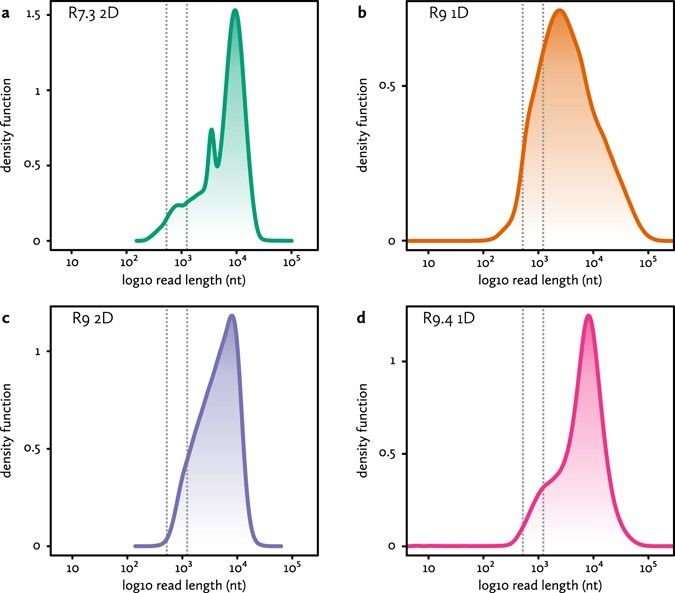

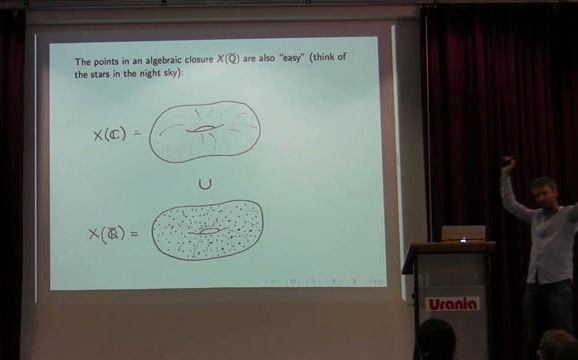
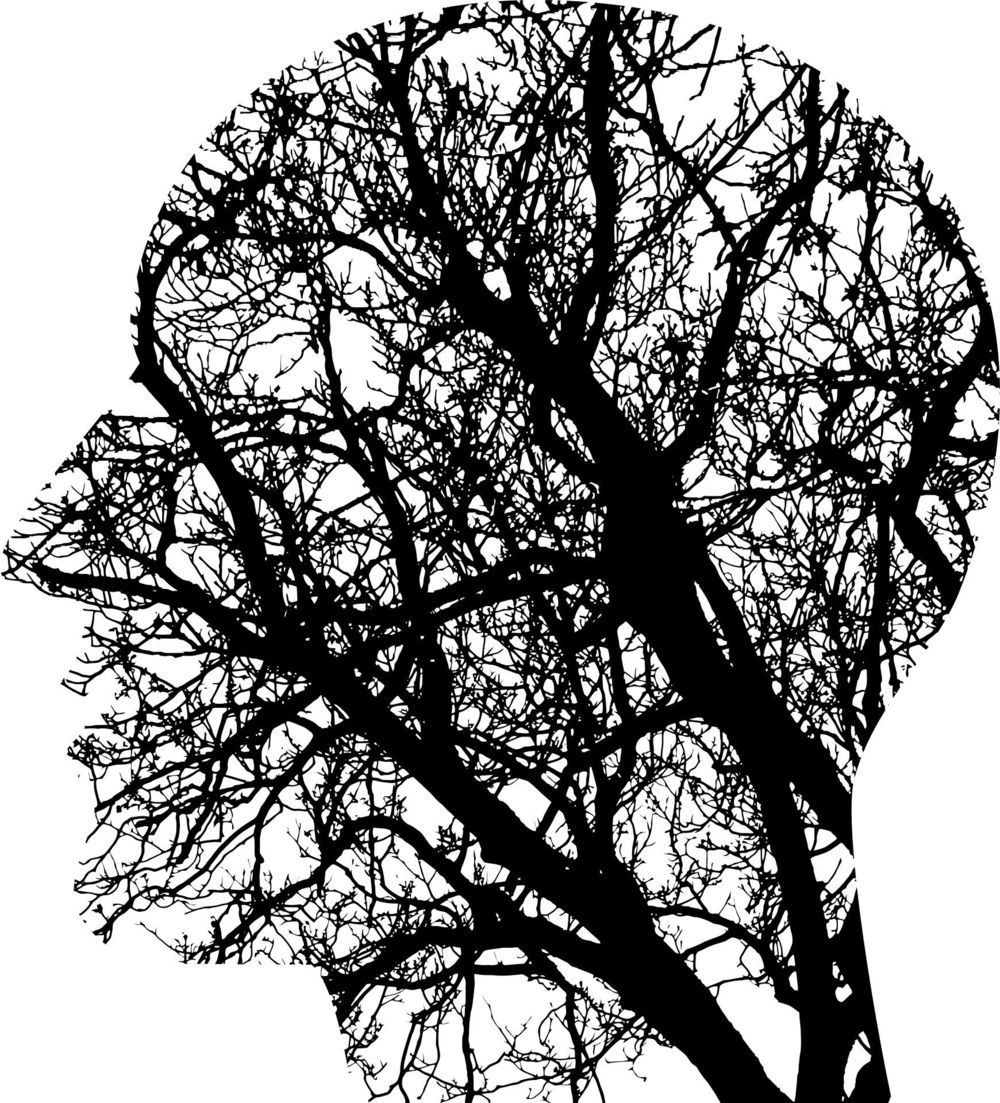


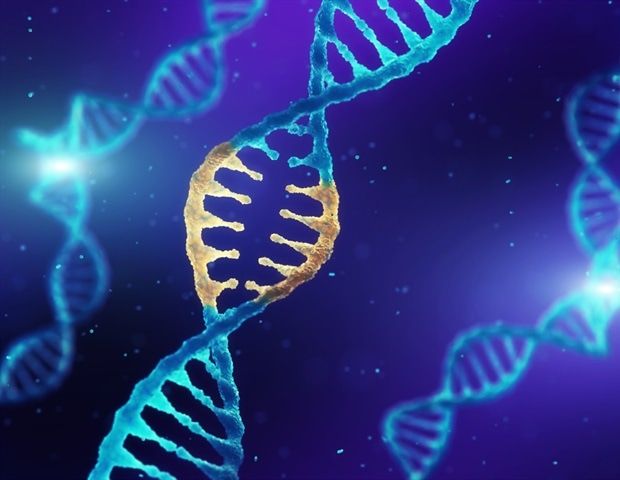
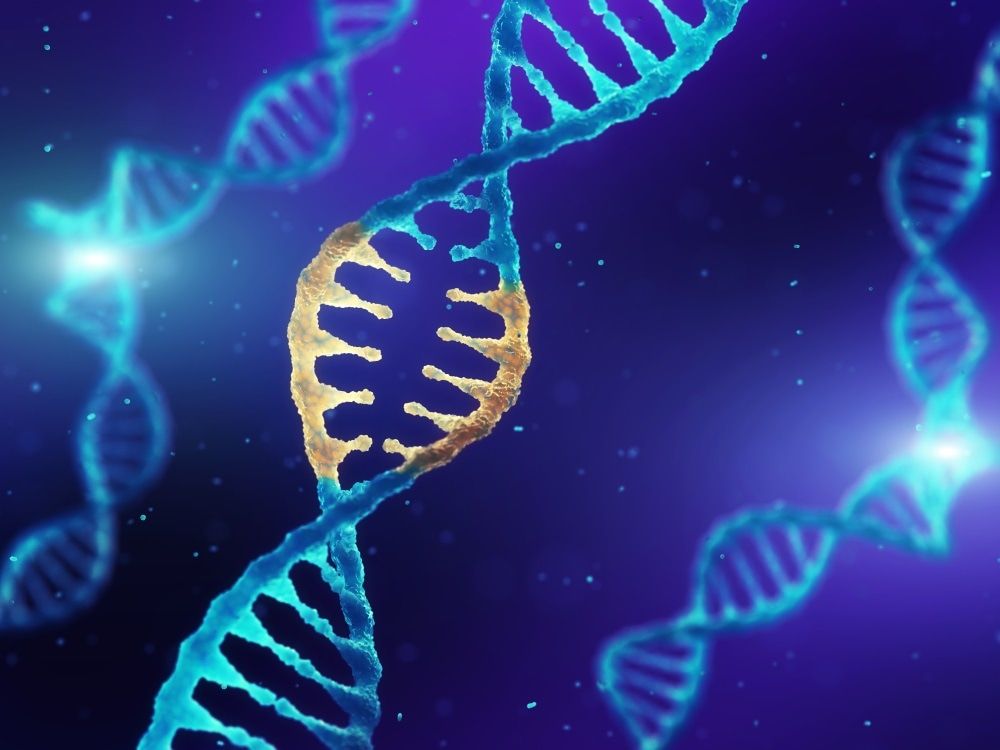 Image Credit: nobeastsofierce /
Image Credit: nobeastsofierce / 

